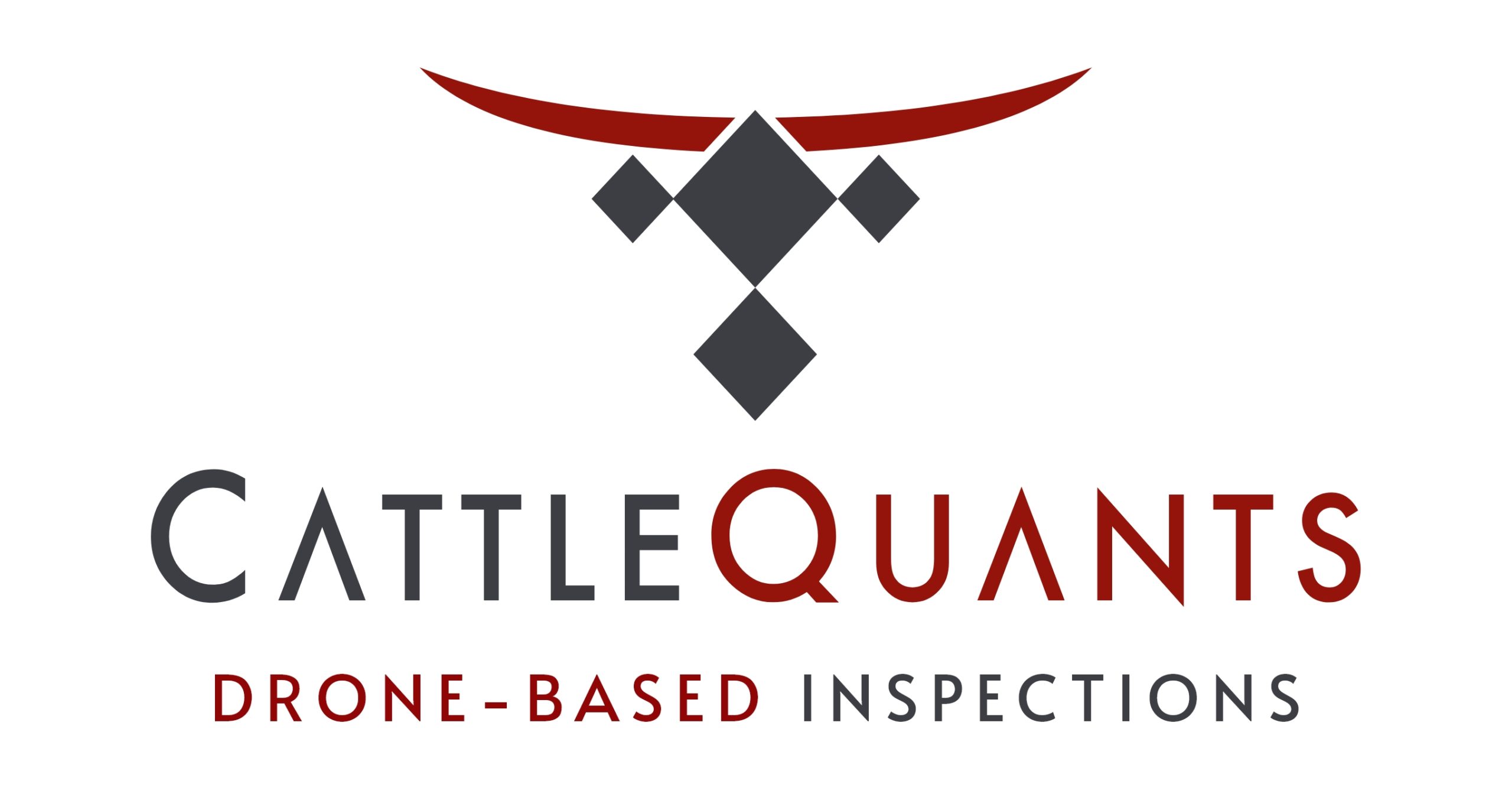Have you ever wondered how windy is too windy to fly your drone? If you’re in the Great Plains, wind is something you need to contend with daily, but even in relatively still country high winds can occur. The question is: At what point do you need to stop flying your drone?
Many of the most common, well-priced drones—including the DJI Mavic series and the DJI Air 2S—are built for winds that don’t exceed 23-28 mph. While this provides excellent wind resistance in most parts of the world, this is right about the typical wind speed for many parts of Kansas and Nebraska.
In order to see what the DJI Air 2S is capable of in wind, we flew our Air 2S on a particularly gusty afternoon in Ohio. Our weather app claimed that the wind speed was right around 18 mph. We created a short, pre-planned flight mission and flew this mission at 100 ft, 150 ft, and 200 ft above the ground at a cruising speed of 18 mph.

When the drone flew at 100 ft, the maximum gusts it encountered were 12.2 mph. The drone drifted a bit from its pre-planned flight lines but was fully capable of fighting the winds and capturing excellent imagery. When the drone flew at 150 and 200 ft, however, the average wind speed at those altitudes was above 40 mph, with gusts above 45 mph! The Air 2S drone was no match for this wind; the winds carried the Air 2S drone away from its mission, and the drone had to really fight to even fly back “home”.
So what are the takeaways? Firstly, it’s not a good idea to fly in gusts that are more powerful than the drone’s listed wind resistance. Secondly, low altitude missions will be less susceptible to wind than high altitude missions. Thirdly, when flying in windy conditions it is important to set the drone’s cruising speed to a higher value than the wind speed. And finally, the DJI Mavic and Air 2S drones simply aren’t built to withstand high winds like those common to the Great Plains. On the other hand, the Autel Evo II–with a price point that rivals the DJI Mavic 3–can handle winds as high as 39 mph. Therefore, for regions such as the Great Plains that encounter high winds regularly, the Autel Evo II drone would be a better bet.
Want to know which drone would best fit your needs for your feedlot or ranch? Contact us to talk to a drone expert and get a personalized recommendation.
